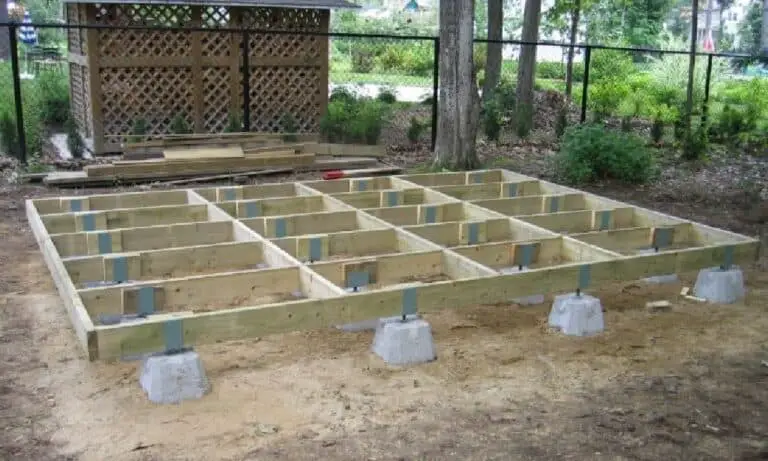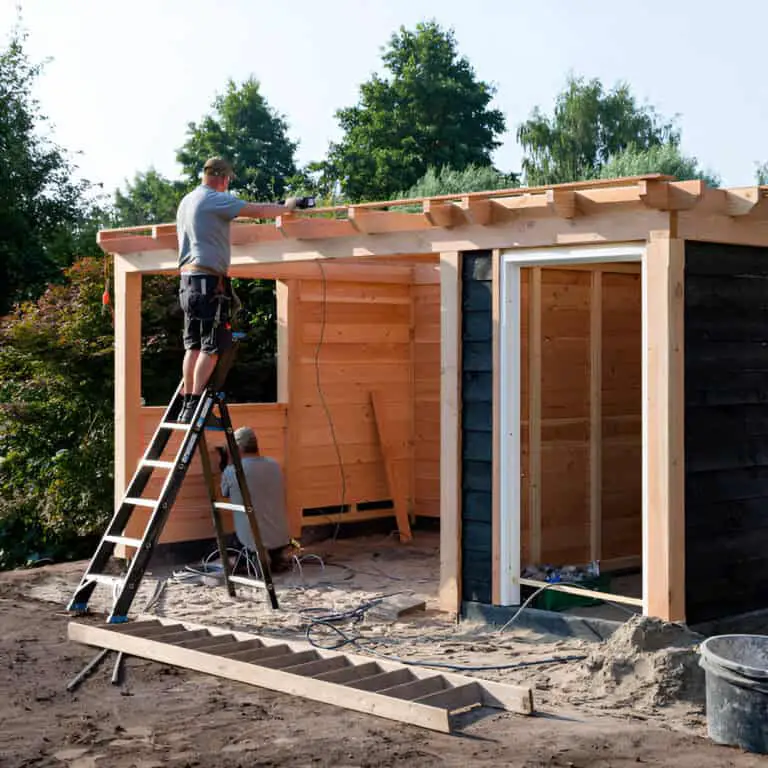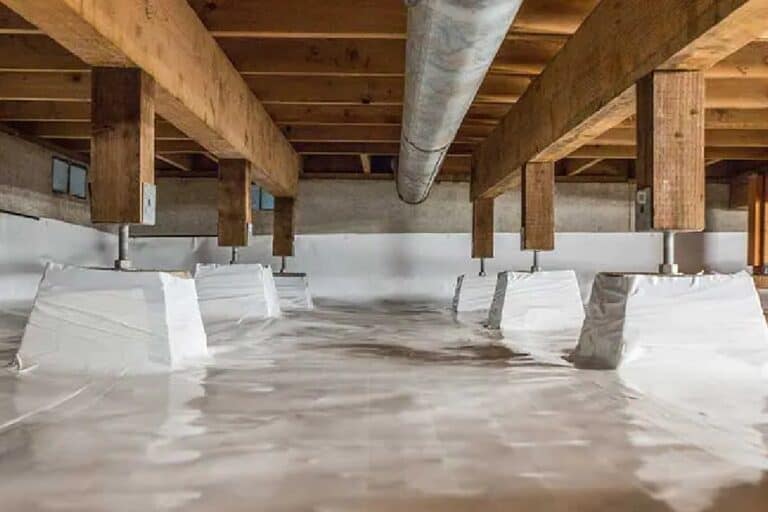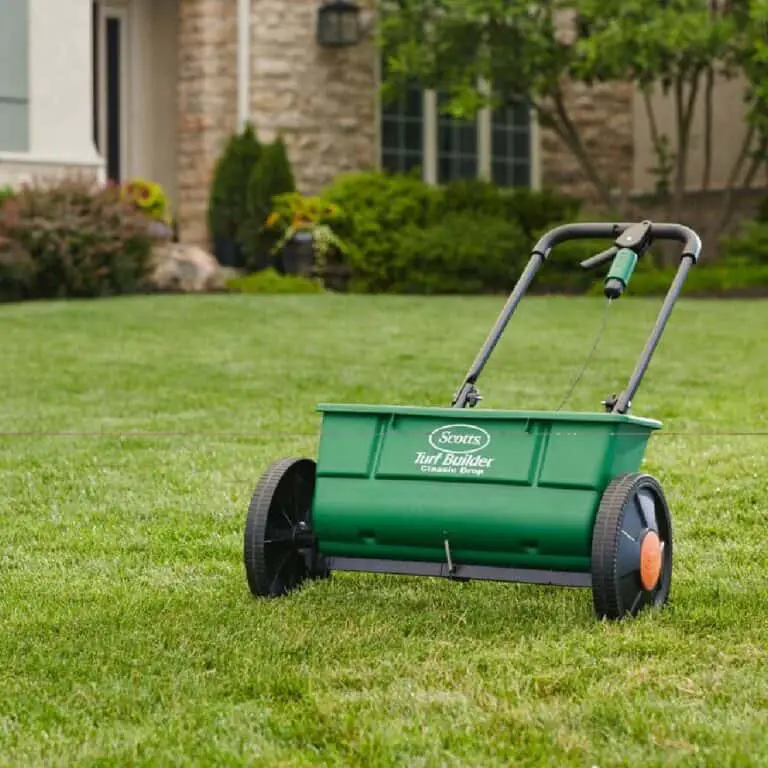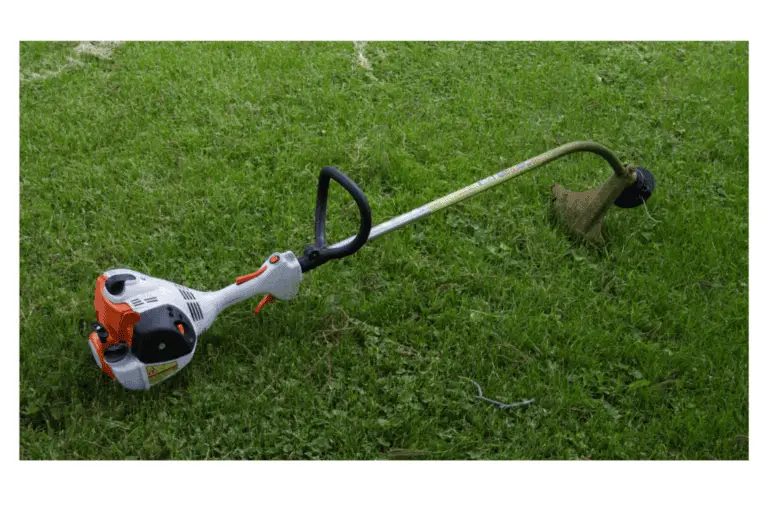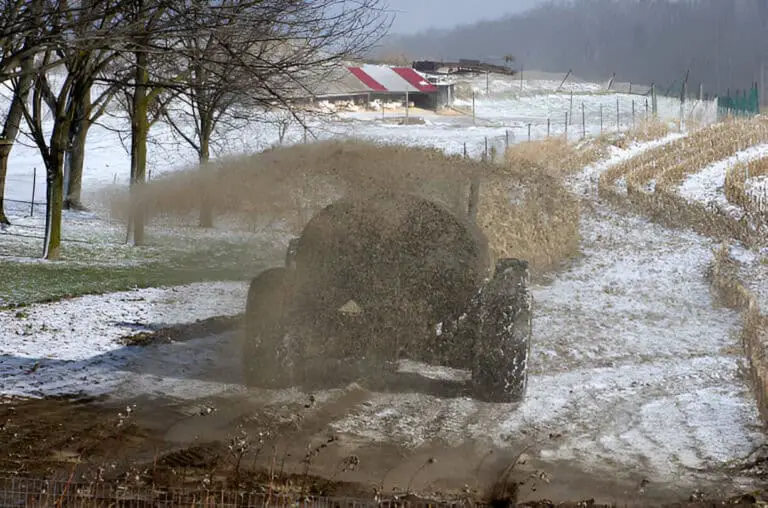Aeration or Verticutting: Which Is Best for Your Lawn?
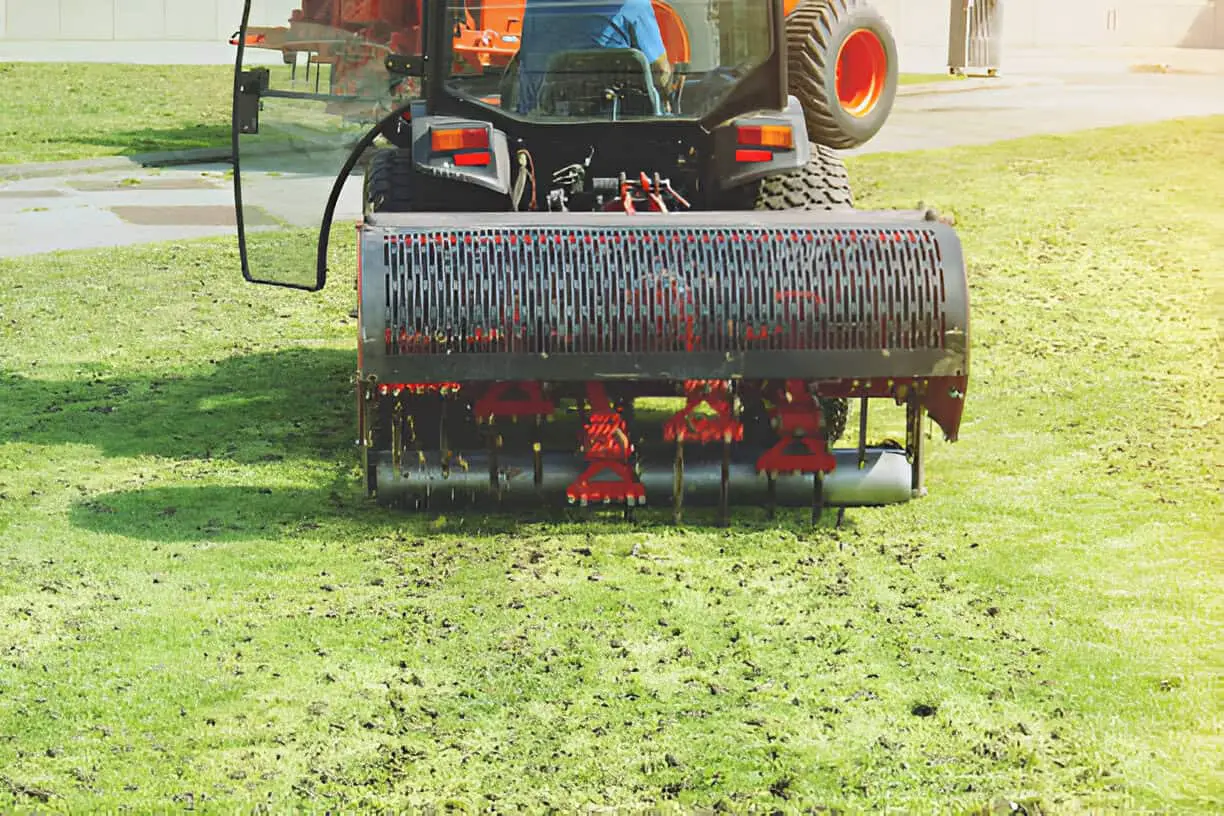
When I first dove into lawn care, I had no idea that keeping grass green and healthy wasn’t just about watering and mowing. It’s like discovering there’s a whole secret world beneath the surface, and I don’t mean just the dirt.
Two terms that often popped up in my search for the perfect lawn were “aeration” and “verticutting.” Each method promises to revive your grass and get it breathing again, but which one should you choose?
In this personal guide, I’ll walk you through the differences between aeration and verticutting, when to use each, and ultimately help you decide which is best for your lawn.
What Is Aeration, and Why Does It Matter?
Aeration, to me, is like giving your lawn a breath of fresh air—literally. Over time, soil becomes compacted from foot traffic, lawnmowers, or even just from the weight of the world pressing down on it. When this happens, the roots can’t get the oxygen, water, and nutrients they need.
Aeration punctures holes into the soil, allowing those essential elements to get down to the roots. Think of it as your lawn’s version of a spa day, complete with open pores and deep breaths.
Types of Aeration:
- Core Aeration: This is the heavy-duty option. A machine punches into the ground and pulls out plugs of soil, leaving holes that allow your lawn to breathe deeply. Those little soil plugs eventually break down and feed nutrients back into the lawn.
- Spike Aeration: This is more of a quick fix. Instead of pulling out cores, spike aeration simply pokes holes in the soil. It’s easier but less effective if you’re dealing with heavy compaction.
| Type of Aeration | What It Does | Best For |
| Core Aeration | Removes plugs of soil | Severely compacted soil |
| Spike Aeration | Pokes holes into the soil | Light compaction |
Why Choose Aeration?

I’ll admit, the first time I aerated my lawn, I felt a bit like a mad scientist digging up dirt plugs. But soon after, I noticed the grass looking greener and lusher. The roots were happier, and the lawn responded by thickening up and becoming more drought-resistant.
Aeration is especially great if:
- You notice water pooling on your lawn after it rains.
- Your soil feels like concrete when you walk on it.
- You’ve got patches of thin or yellow grass that just won’t perk up.
| Read: How Deep Does Lawn Edging Prevent Grass Undergrowth? |
What Is Verticutting, and How Does It Help?
Verticutting, on the other hand, is like giving your lawn a haircut—but not just any trim; this one cuts below the surface. Also known as vertical mowing, verticutting slices through the thatch layer, which is that spongy layer of dead grass and roots that builds up over time. Too much thatch chokes your lawn, blocking water, air, and nutrients from reaching the soil.
Verticutting essentially “combs” the grass, cutting through the thatch and letting your lawn breathe freely. It helps to break up that thick, suffocating layer, promoting new growth and better nutrient absorption.
| Verticutting Benefits | What It Does |
| Removes excess thatch | Cuts through the thatch layer |
| Encourages new grass growth | Promotes denser, healthier lawns |
| Improves nutrient absorption | Breaks up barriers in the lawn |
When Should You Verticut?
If your lawn feels squishy underfoot or the thatch layer is thicker than half an inch, it’s probably time for verticutting. The process can be a bit aggressive—it pulls out dead grass, leaving your lawn looking a bit ragged for a short while. But soon enough, new growth will come back stronger and healthier.
I remember the first time I verticut my lawn. It looked like a disaster zone—clumps of dead grass everywhere, and I started second-guessing myself. But patience paid off. After a few weeks, I had a lawn that felt brand new, with thick, uniform growth and no more spongy, thatchy spots.
Aeration vs. Verticutting: Key Differences
At first glance, aeration and verticutting may seem like they both do the same thing: help your lawn grow. But they address different issues.
| Feature | Aeration | Verticutting |
| Target | Soil compaction | Thatch buildup |
| Action | Pokes holes in the soil | Cuts through surface layer |
| When to Use | Compacted, dry, thin lawns | Thatch over 0.5 inches thick |
| Result | Deeper root growth | Healthier, denser turf |
| Recovery Time | Minimal recovery time | Requires short recovery |
While aeration digs deep into the soil to tackle soil compaction and root health, verticutting skims just below the surface, slicing through thatch to help your lawn breathe and absorb nutrients more efficiently. Aeration gives roots room to grow; verticutting clears the way for new shoots to sprout.
Which Should You Choose?
So, the million-dollar question: should you aerate or verticut your lawn?
It really depends on what your lawn is telling you. For me, I realized that sometimes my grass needed both.
Aeration is best if:
- Your soil is rock-hard and compacted.
- You see bald patches or areas where grass just won’t grow.
- Water puddles on your lawn or takes too long to drain after watering.
Verticutting is best if:
- You have a thatch problem that’s suffocating your lawn.
- Your lawn feels spongy or soft underfoot.
- Grass growth looks patchy despite regular care.
For those of us who want to go the extra mile (or just like to geek out on lawn care like I do), you can actually combine both methods. Aerate first to loosen up the soil, then verticut to break up the thatch. It’s like a one-two punch that will leave your lawn thanking you with a vibrant, lush lawn look.
| Related: How to Maintain the Health of Your Lawn During a Drought |
My Personal Experience: The Lawn Makeover
I’ll never forget one particular summer when my lawn started looking like an old worn-out carpet—dry patches, spongy spots, and no matter how much I watered or fertilized, it just wouldn’t perk up. That’s when I realized I needed to get serious about either aeration or verticutting.
I started with core aeration. It was strangely satisfying watching those soil plugs pop out, like my lawn finally letting out a long-held breath. About a week later, I followed up with verticutting to slice through the thatch, which turned up so much dead grass I couldn’t believe it.
Sure, my lawn looked a little rough right after, but within a few weeks, it started coming back thicker, greener, and healthier than it had been in years. I guess you could say that was my “Aha!” moment in lawn care.
The Final Verdict: Listen to Your Lawn
In the end, deciding between aeration and verticutting isn’t an either/or situation—it’s about tuning into what your lawn really needs. Aeration digs deep, while verticutting combs through the surface. If you’re serious about having the lawn of your dreams, don’t be afraid to use both when the situation calls for it.
For me, aeration and verticutting are the dynamic duo of lawn care, each playing its part in keeping my grass green and gorgeous. So, when your lawn starts crying out for help, give it what it needs—whether that’s a deep breath of fresh air or a clean-cut makeover.

